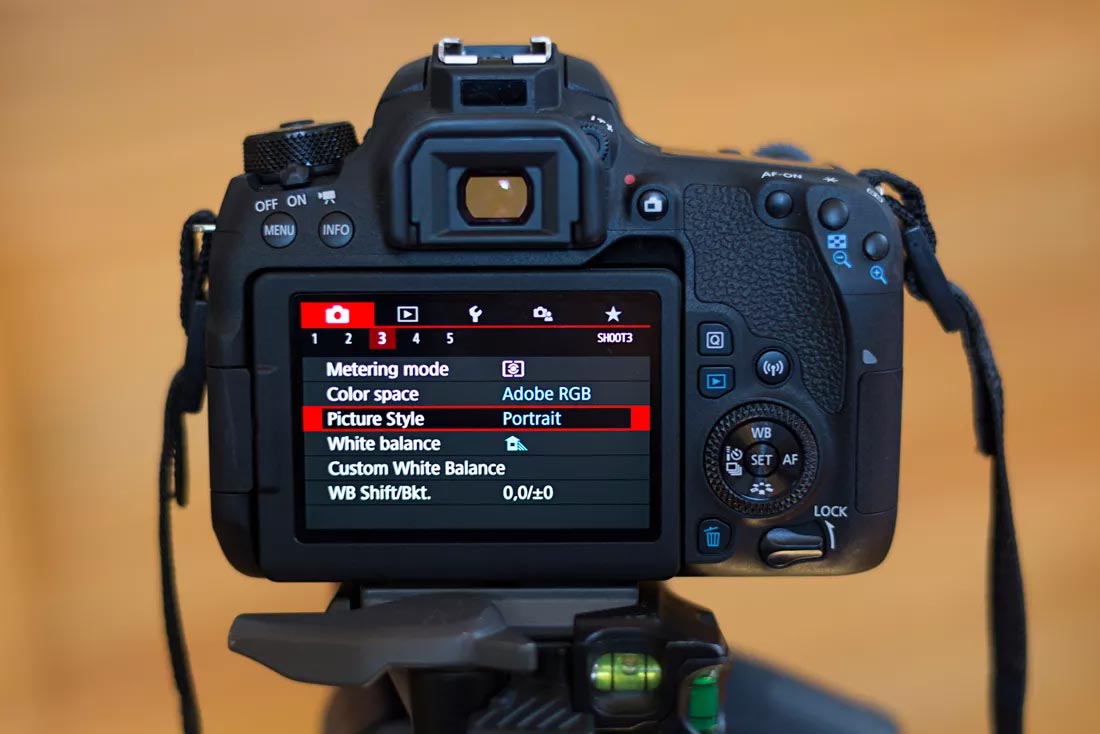As the old adage goes, "a picture is worth a thousand
words." This is particularly true when it comes to headshots, which can convey
a wealth of information about a person in a single glance. Whether you're a
professional photographer, a business owner, or an aspiring model, knowing the
best camera settings for headshots can make all the difference in achieving the
desired effect.
In this article, we'll delve into the technical aspects of
headshot photography, exploring the key camera settings that will help you
capture stunning headshots every time. We'll also make use of persuasive tone,
rhetorical questions, storytelling, and literary devices such as metaphors and
analogies to engage readers and make the points more relatable and memorable.
Persuasive Tone and Rhetorical Questions
First things first, let's start with some rhetorical
questions to set the stage. Have you ever taken a headshot that turned out
blurry or too bright? Do you struggle with capturing the perfect lighting or
achieving the right depth of field? If so, you're not alone. But fear not, with
the right camera settings and a bit of know-how, you can capture headshots that
will leave a lasting impression.
Metaphors and Analogies
Understanding the technical aspects of photography can be
daunting, but with the right guidance, it can be as simple as baking a cake.
Just as a cake requires the right ingredients in the right proportions, a
headshot requires the right camera settings to achieve the desired effect.
Let's explore the ingredients that make up the perfect headshot recipe.
Aperture
The first ingredient is aperture, which is represented by
the f-stop number. Aperture determines the depth of field, or the amount of
blur in the background. A lower f-stop number will produce a shallower depth of
field, resulting in a more blurred background. This can be useful if you want
to draw attention to the subject's face, but it can also be distracting if the
background is too blurred. On the other hand, a higher f-stop number will
produce a deeper depth of field, resulting in a sharper background. This can be
useful if you want to include more of the environment in the shot.
Shutter Speed
The second ingredient is shutter speed, which determines how
long the camera's sensor is exposed to light. A slower shutter speed will allow
more light to enter the camera, resulting in a brighter image. However, it can
also result in motion blur if the subject or the camera moves during the
exposure. A faster shutter speed will freeze motion, but it can also result in
a darker image if there isn't enough light.

ISO
The third ingredient is ISO, which determines the camera's
sensitivity to light. A higher ISO will allow the camera to capture more light,
resulting in a brighter image. However, it can also result in more digital
noise, which can make the image look grainy. A lower ISO will result in a
cleaner image, but it can also result in a darker image if there isn't enough
light.
Storytelling and Burstiness
Now that we've covered the technical aspects of headshot
photography, let's explore how to put it all together in a way that is both
informative and entertaining. Imagine you're a photographer tasked with
capturing headshots for a group of actors. You arrive at the location, set up
your camera, and begin shooting. You start with a low f-stop number to achieve
a shallow depth of field, which will help draw attention to the actors' faces.
You adjust the shutter speed to freeze motion, since the actors will be moving
around during the shoot. Finally, you adjust the ISO to achieve the desired
level of brightness, taking care not to introduce too much digital noise.
As you're shooting, you notice that the lighting in the room
is changing as clouds pass overhead, causing the natural light to fluctuate. To
maintain consistent lighting, you adjust your settings accordingly, making use
of burstiness to capture multiple shots in rapid succession. This allows you to
capture the perfect headshot even if the lighting conditions are not ideal.
Conclusion
In conclusion, capturing the perfect headshot requires a
combination of technical know-how and artistic flair. By understanding the role
that aperture, shutter speed, and ISO play in achieving the desired effect, you
can create headshots that are both beautiful and memorable. By using persuasive
tone, rhetorical questions, storytelling, metaphors, and analogies, you can
engage your readers and make the points more relatable and memorable. So, go
ahead and experiment with your camera settings, and capture the perfect
headshot that will leave a lasting impression.


